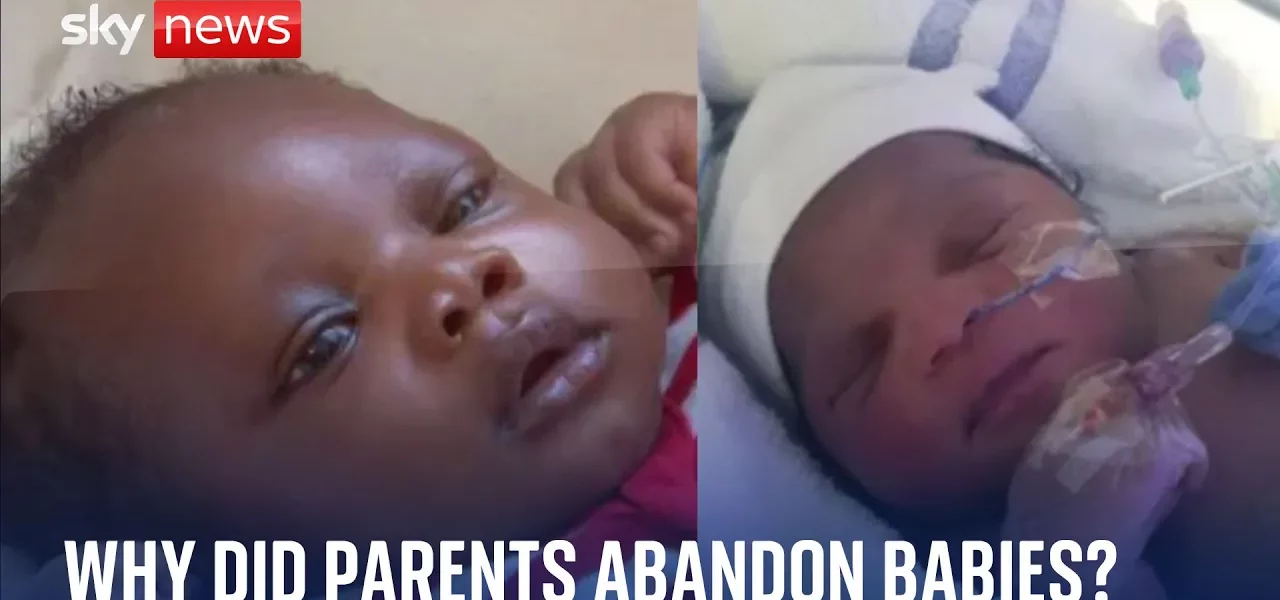Understanding Child Abandonment: Insights from Dr. Kieran Murphy

In this article, we delve into the complex emotional and social factors surrounding child abandonment, as discussed by Dr. Kieran Murphy, a trustee for the association of child protection professionals. This topic raises significant questions about parental responsibilities and the welfare of children who find themselves in dire situations.
Introduction
Child abandonment is a deeply distressing issue that affects numerous families and communities. Dr. Kieran Murphy’s insights shed light on the multi-faceted nature of this phenomenon, emphasizing the importance of understanding the underlying causes of such actions. With DNA tests confirming sibling relationships among abandoned children, this case highlights the urgent need to comprehend both the welfare of the children and the circumstances that lead parents to such drastic decisions.
Welfare of the Children
The foremost concern in any abandonment case is the welfare of the children involved. Dr. Murphy articulates the emotional turmoil these children endure when they are left without parental support. Here are some key points regarding their welfare:
- Emotional Impact: Children may feel unwanted or unloved, leading to long-term psychological effects.
- Identity Formation: Understanding their origins is crucial for the children’s self-identity and emotional health.
- Future Planning: It is essential to consider how these children will be integrated into society and supported throughout their lives.
Welfare of the Parents
While the focus often lies on the children, the welfare of the parents is equally important in discussions about child abandonment. Dr. Murphy posits that there are often crises behind such decisions:
- Economic Hardship: Increasing levels of poverty and destitution can push parents to make heart-wrenching choices.
- Social Stigma: The shame associated with having children out of wedlock may lead to desperate actions.
- Access to Support: Many parents may feel unable to seek help from professional services due to various reasons, including fear of judgment.
Understanding the Crisis
Dr. Murphy emphasizes that child abandonment is rarely a straightforward issue. It often stems from complex crises in the parents’ lives:
Complexity Behind Abandonment
It is simplistic to assume that parents who abandon their children lack love or commitment. Instead, there are usually deeper issues at play:
- Personal Trauma: Parents may be dealing with their own past traumas that influence their ability to care for their children.
- Relationship Strain: Marital or relationship issues can lead to unstable environments for children.
- Mental Health: Undiagnosed or untreated mental health issues can impair decision-making capabilities.
Impact of Transparency in Child Protection
Dr. Murphy points out that increased transparency in unusual cases of child abandonment can aid in understanding and addressing these issues:
Advantages of Transparency
Recognizing the relationships between siblings and ensuring their identities are maintained plays a critical role in their futures:
- Sibling Relationships: Maintaining connections can provide emotional support and a sense of belonging.
- Long-Term Care Plans: Authorities are working towards ensuring that children are placed in environments that allow for family connections.
- Public Awareness: Highlighting these cases can lead to more resources and better support systems for affected families.
Conclusion
Child abandonment is a complex issue that requires a nuanced understanding of both the children’s and parents’ situations. Dr. Kieran Murphy’s insights reveal that behind every case of abandonment are layers of emotional and social factors that must be considered. It is crucial for child protection professionals to prioritize the welfare of children while also addressing the underlying crises faced by parents. For those interested in learning more about child welfare and protection, consider exploring our related articles on child psychology and social support systems.
“`




